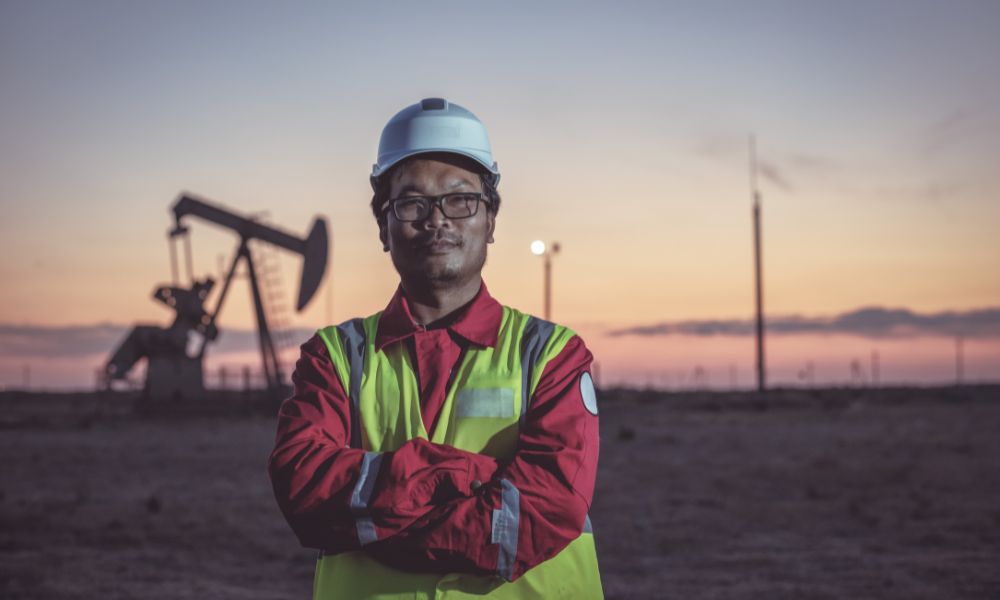Everything You Should Know About Wearing FR Clothing

Are you looking to learn more about FR clothing? You’ve come to the right place because, in our guide, we’ll break down everything you need to know about wearing FR clothing, from what FR clothing means to basic mistakes to avoid.
What Is FR Clothing?
The first thing you should know about wearing FR clothing is what it is! FR can stand for flame-resistant or flame-retardant (we’ll explain the differences later) and are garments designed to protect the wearer from flames and thermal injury.
Workers in many industries, from welders to electricians to oil and gas workers, require FR garments as part of their personal protective equipment. However, FR clothing isn’t impenetrable and can only offer a limited amount of protection for a certain period. Even the best FR clothing can fail if exposed to intense enough heat for an extended period.
Flame-Resistant vs. Flame-Retardant
Sometimes people use the terms flame-resistant and flame-retardant interchangeably when talking about clothing, but there is a subtle difference between the two. Flame-resistant clothing contains materials that are naturally self-extinguishing and resistant to flames.
Flame-retardant clothing, on the other hand, is garments that have been chemically treated to attain the same self-extinguishing properties as flame-resistant clothing. The important thing is that both aim to protect the wearer from flames and heat.
Forms of FR Clothing
FR clothing comes in various types. If there’s a garment you need to wear for work, there’s an FR version available, including:
- Shirts
- Pants
- Hoodies
- Jackets
- Lab coats
- Hats
- Gloves
- Footwear
- Balaclavas
Common Mistakes To Avoid With FR Clothing
If you’re new to FR clothing and wearing it for the first time, there are some common mistakes to watch out for. First, the fit of FR clothing is important because FR clothing that is too loose or too snug doesn’t offer the protection the wearer needs.
Also, when wearing an FR shirt and pants, you always want to tuck in the shirt. It may not be as comfortable on a hot day, but an untucked FR shirt exposes the wearer’s skin and isn’t adequate protection.
How Much FR Clothing Do I Need?
FR clothing is typically judged by layers—a shirt and pants acting as one layer with added garments like coveralls and jackets adding more layers of protection. How many layers you will need will depend on the risk assessment of the work environment.
The NFPA 70E Hazard Risk Category Levels assessment classifies a work environment between one and four depending on the conditions. A category one risk environment requires one layer of FR clothing, while for a category four, workers should have at least three layers of protective FR garments.





